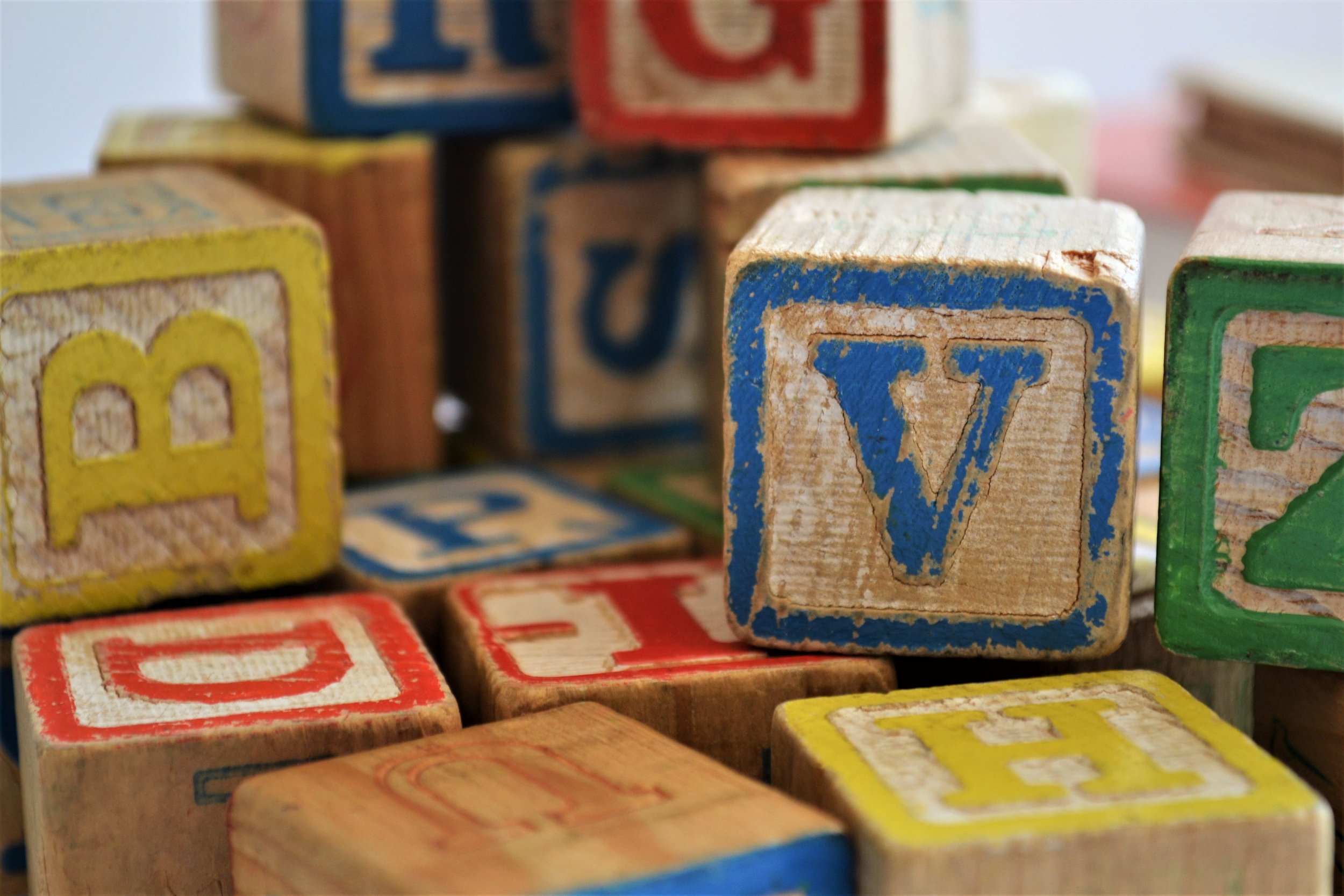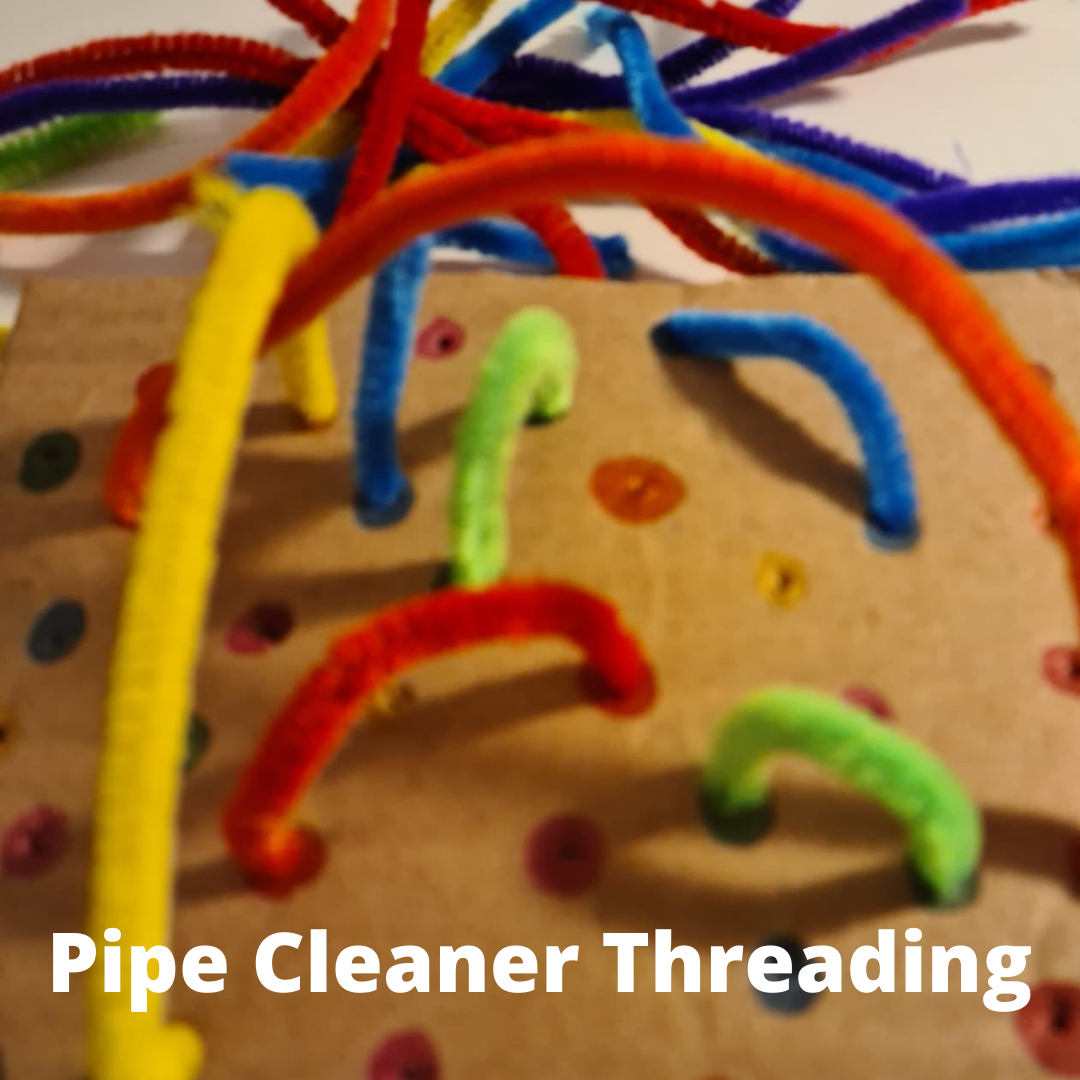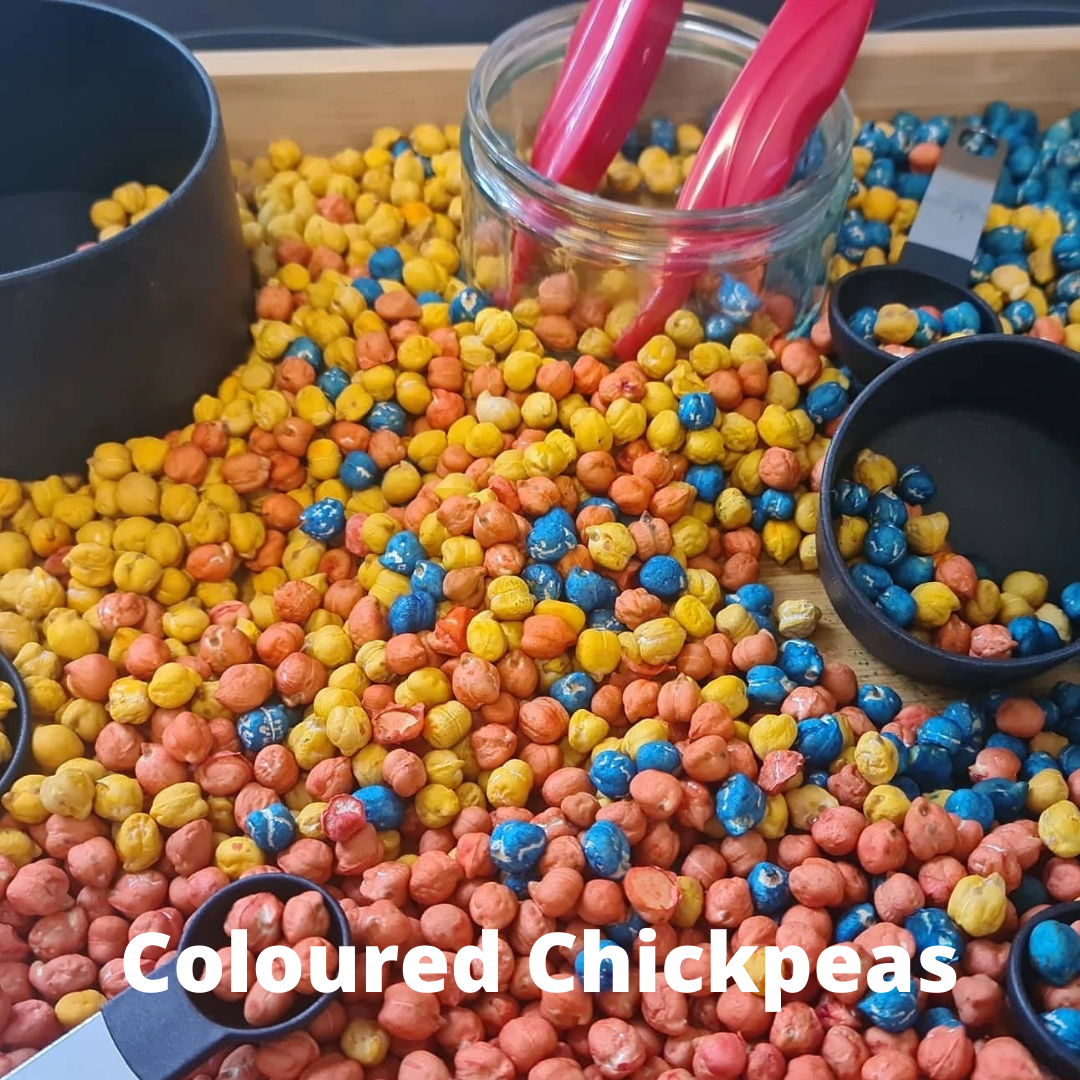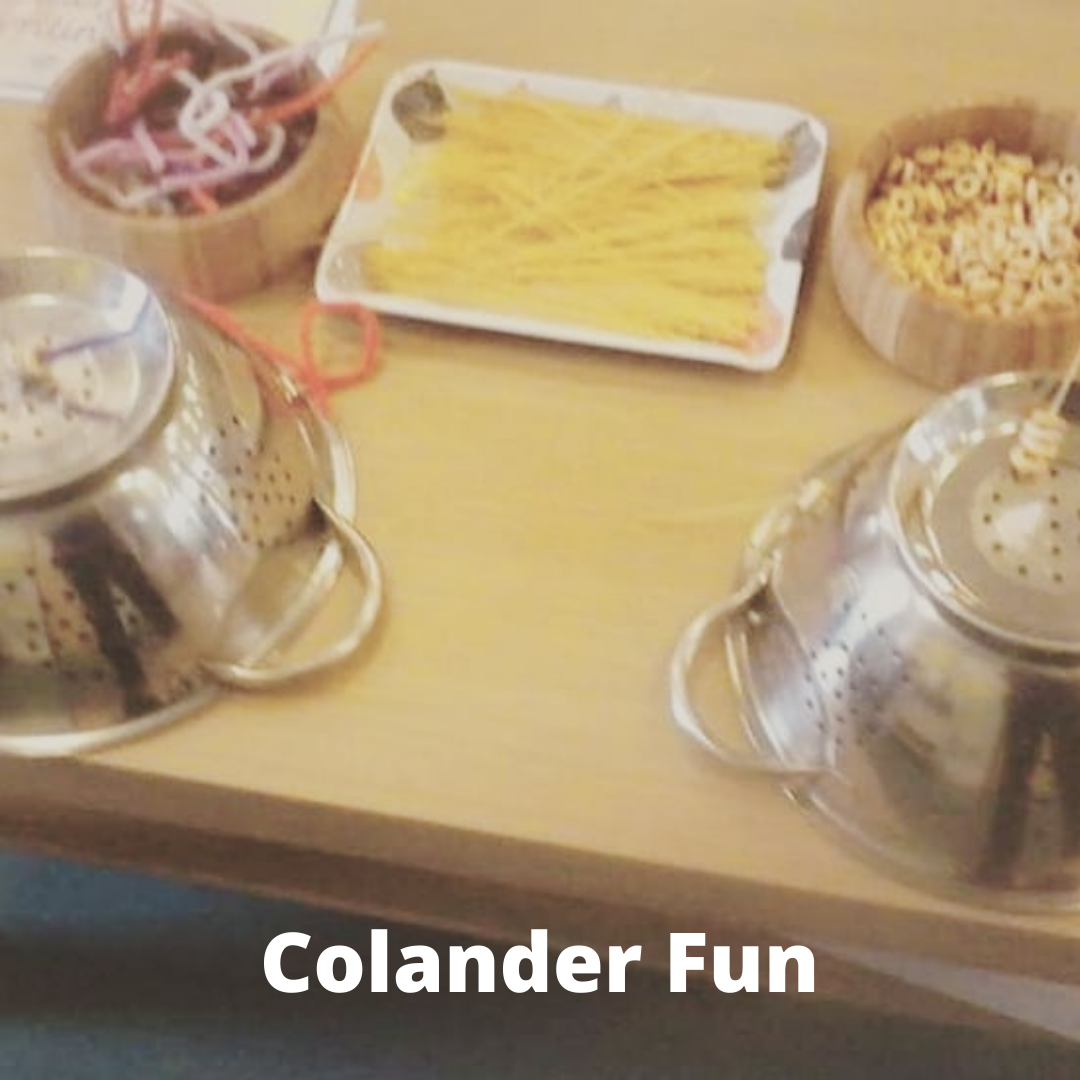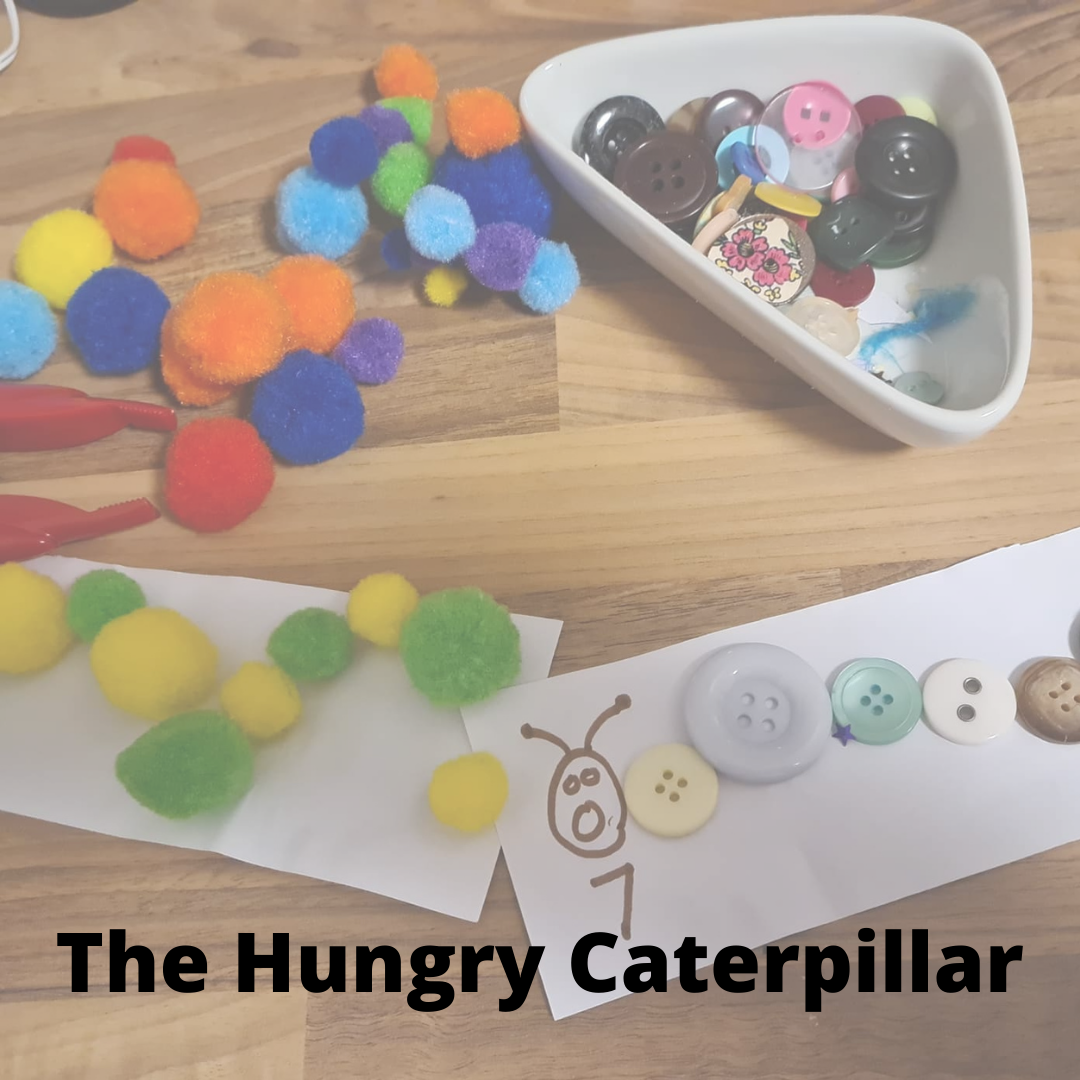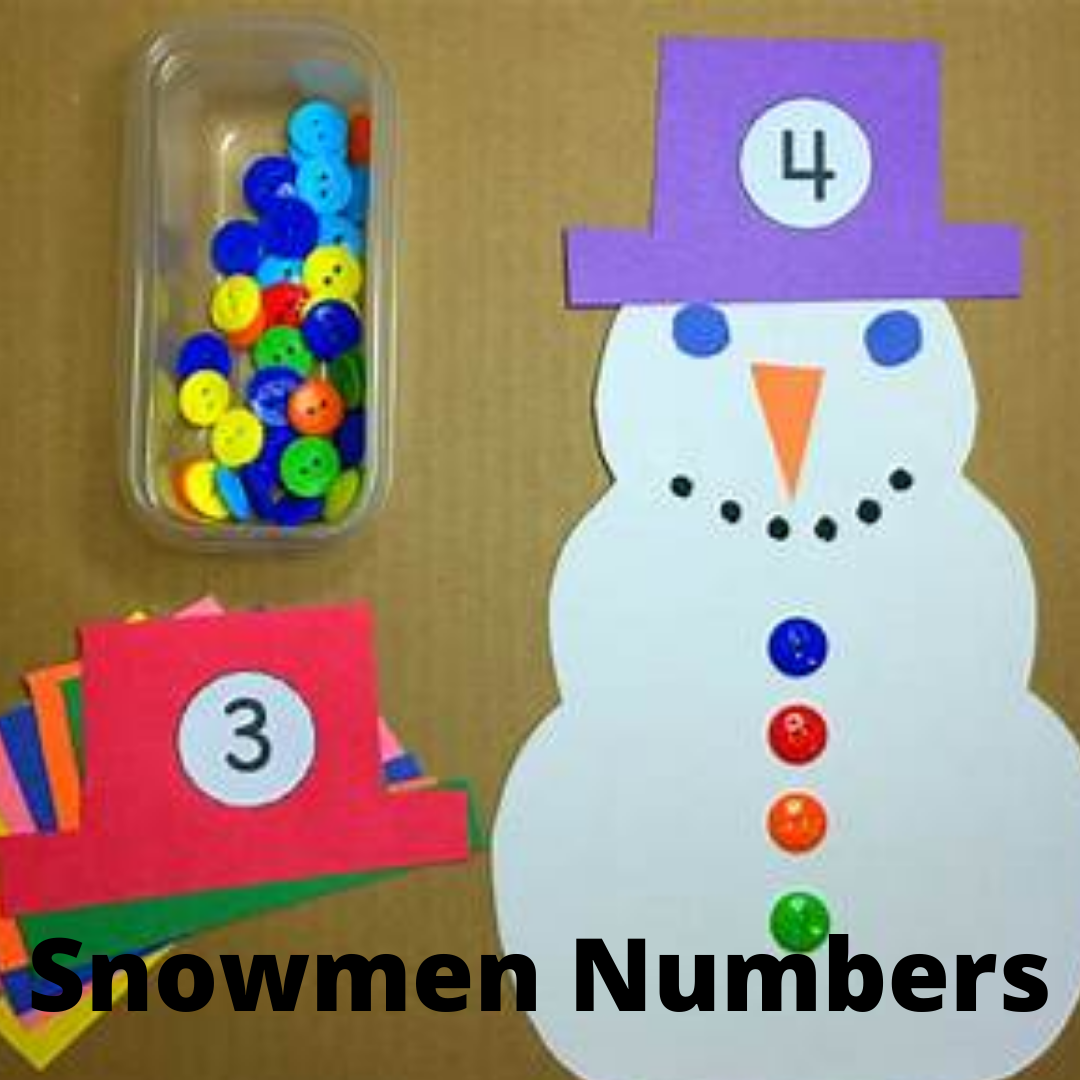Physical Development and Block Play
Construction play is a firm staple of many early year’s settings, whether that be through Duplo, wooden blocks, Lego, large blocks, or community play blocks and everything else in between. We use a wide array of items to support children’s learning and development…
Blog Post One in Our Block Play Series
Construction play is a firm staple of many early year’s settings, whether that be through Duplo, wooden blocks, Lego, large blocks, or community play blocks and everything else in between. We use a wide array of items to support children’s learning and development. Join us for our new series that will look at block play in early years settings. This first blog is going to look at how block play can support children’s physical development.
Many years ago, I was in a meeting with an Occupational Therapist (OT), and she shared with us, how much she loved the fact we used Lego in the preschool. She sat there and said, “Lego is just amazing, and is exactly what Child A needs to support his physical development!” This made me smile so much, because it is so true and often, we can forget the value of the everyday toys or equipment we use and how they support children’s learning and development.
I guess in the very simplistic term, we can forget the why we purchased those resources in the first place. Or perhaps they just form part or our continuous provision and environment because it is just ingrained and that is how it has always been. At the moment in the early years, it is very refreshing that we are really unpacking our practise, pedagogy, curriculum and enabling environments. We are thinking about the why or intent behind everything that we are doing, and the implementation (how we are doing it) and the impact (the difference it makes to children’s learning, development and well-being.
Do you want to explore the topic of intent, implementation and impact more? Why not join out webinar, ‘Exploring the 3I’s: Intent Implementation and Impact’?
So, let’s go back to the Lego and think about some of the physical skills that children are developing when they are building with construction toys such as Lego, Mega Blocks or Duplo that connect:
· They are developing the strength and muscles in their fingers, hands, and arms as they push the items together and pull bricks apart.
· Developing fine motor skills.
· Developing their hand-eye coordination.
· Developing wrist, elbow and shoulder pivots.
· Developing spatial awareness.
· Developing bilateral coordination (this is having control over both sides of the bodies, to coordinate movement and the development of both sides of the brain talking to one another).
This is true for lots of block play activities, children are learning to balance, control over small muscles and movements, spatial awareness so that they do not knock their towers down and bilateral coordination. We also know that when children are exploring building with big blocks, we are also supporting those larger gross motor skills and coordination as children move and negotiate space as they build. Quite simply there are many benefits to children’s physical development by participating in block play.
Keep your eyes peeled for our next blog post in our series that will look at how block play can be enhanced to incorporate early literacy development.
Do you want to explore the potential of block play more? Why not join our webinar, The Potential of Block Play in Your Continuous Provision?
Focus on Dough Disco
As part of our finger gym blog series, I wanted to talk about the wonderful benefits of dough disco to children’s learning and development. In particular development of those all-important physical skills…
As part of our finger gym blog series, I wanted to talk about the wonderful benefits of dough disco to children’s learning and development. In particular development of those all-important physical skills, including both gross and fine motor that we develop in the early years. Finger gym is something that I am so passionate about making a difference to children’s development and learning, but also it is fun, creative, and engaging for young children. I was first exposed to finger gym several years ago when I went to the childcare expo and saw a demonstration by funky feet. If you don’t know who funky feet are click here, they will instantly make you fall in love with dough disco.
The songs are catchy, the movements are challenging and fun and most of all it is grounded in a good understanding of how children learn, grow, and develop. With links to how it supports development and growth and the reasons behind why dough disco is designed the way it is. A clear intention, before we even began to use the words intent, implementation, and impact in every conversation we had regarding the early year’s curriculum.
So, what are considered some of the numerous benefits of dough disco? Below are just a few:
· Supports the development of children’s gross motor skills such as shoulder pivots, elbow pivots and wrist pivots that are all essential for early writing.
· Helps to develop children fine motor skills (small movements)
· Helps to develop the muscles in children’s hands.
· Supports children’s communication and language development.
· Promotes movements that cross the midlines in the body, which help promote brain activity and connection between ideas.
I will never forget the time I was doing finger gym in a nursery and became known by the local Occupational Therapist (OT) as the dough disco lady for many years to come. Who took the wonderfulness of dough disco back to the office with her and into numerous early years settings. So, if you haven’t tried out dough disco yet, what are you waiting for?
Check out our new playdough disco action cards here…why not encourage the children to sequence their own movements and actions along to their favourite songs. A great activity for promoting communication and language skills, personal social and emotional development, physical development and expressive arts and design.
Implementation of Finger Gym in Early Years Settings
Lasts weeks blog spoke about the intent and reasons behind why settings may choose to implement finger gym as part of their early years curriculum. This week we intend to unpack some of the ways that you may choose to implement finger gym within your setting.


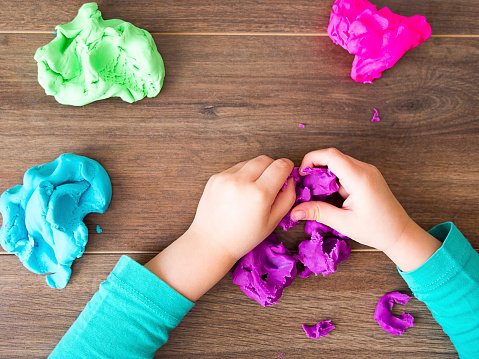
Lasts weeks blog spoke about the intent and reasons behind why settings may choose to implement finger gym as part of their early years curriculum. This week we intend to unpack some of the ways that you may choose to implement finger gym within your setting. All settings are different and unique, and it is important to remember what works for you and your early years setting will not always work for other settings and that is fine. It is about finding things that work for you and being willing to try new activities and ways of implementing early years practise.
Finger Gym Area
Some settings will choose to have an area with your continuous provision, which is set up daily with access to items and activities that have a finger gym area. For example, a coffee table with a challenge of the day, such as, using lollypop sticks to catch bottle lids in a tray of water. Or a small shelf selection with two or three provocations or challenges on the shelfs. Or open-ended resources such as, jumbo tweezers, small loose parts and so on which children can explore in a more open-ended approach to finger gym.
Focused Group Time Activities
Some settings may choose to implement finger gym in a more structured way, by running focused sessions daily. This may be as part of support plans, interventions, or to work with children who have been identified to need support with a certain area of development and learning. Typically, it may be children that you feel need support with their physical development and focus work on their fine motor skills.
Incorporating Finger Gym Throughout Your Continuous Provision
Some settings will opt for introducing finger gym activities throughout their continuous provision and will not have a set space or time for finger gym to occur. For example, whilst following the children’s interests a practitioner, might not that the children are showing a particular interest in spider webs and spiders. She/he may then decide to set up the small world area a web using a linen basket and string and place lots of spiders inside for the children to save with tweezers.
Or it may be that your setting does a mixture of any of these approaches with implementing finger gym. I think when deciding how you are going to implement finger gym in your early years settings it is important to consider the impact that you want to have for the children in your setting, and think carefully about your intent and what you want the children to get out of finger gym sessions or activities in your early years setting.
Join us for our next blog in the series where we hear case studies from some early years settings about their intent, implementation, and impact of finger gym in their setting.
The Intent Behind Finger Gym
Currently in the early years we are thinking a lot about the 3I’s, Intent, Implementation, and Impact. As we saw the introduction of these three terms in the (2019) Early Years Inspection Framework…
Currently in the early years we are thinking a lot about the 3I’s, Intent, Implementation, and Impact. As we saw the introduction of these three terms in the (2019) Early Years Inspection Framework, giving us the fantastic opportunity to reflect on our curriculum and what we want children to learn in the time that they are with us, our pedagogical approach and simply evaluate our practise from every aspect. The 3I’s in their simplest terms, our intent – the reason why we do something, implementation – the how we are going to do that, and the impact the difference our actions make.
Finger gym is a regular part of early years practise with settings across the world having finger gym sessions, activities, or areas as part of your curriculum. Curriculum in its simplest terms is what you want the children to learn in the time that they are with you and the stages that you see children go through. (To find out more about curriculum click here to our ‘Understanding Your Curriculum Webinar’). So, what is the intent the why behind finger gym being part of early years curriculum and practise?
Finger gym was developed with the understanding that in the early years we need to focus on supporting the following skills or abilities in our children:
· Fine motor skills
· The muscles in their hands
· Hand-eye coordination
· Dexterity
· Communication and Language Skills
· Can promote children’s cognitive skills
· Fosters the characteristics of effective learning
With the focus of understanding that these skills are needed for children to be become successful writers and promote physical development. This is because children need those physical, social and communication skills before they are ready to pick up a pen.
Also, finger gym can easily be themed to topics, next steps and current interests of your groups, meaning that you can really tailor your comprehensive finger gym plan to support your individual children and setting. We know when we provide a more tailored activities to children’s interests then we see higher levels of engagement and involvement that result in higher levels of learning.
Keep an eye out for out next blog that will explore the implementation of finger gym, but if you are looking for some ideas before hand check out our 4 weeks of finger gym ideas here.

